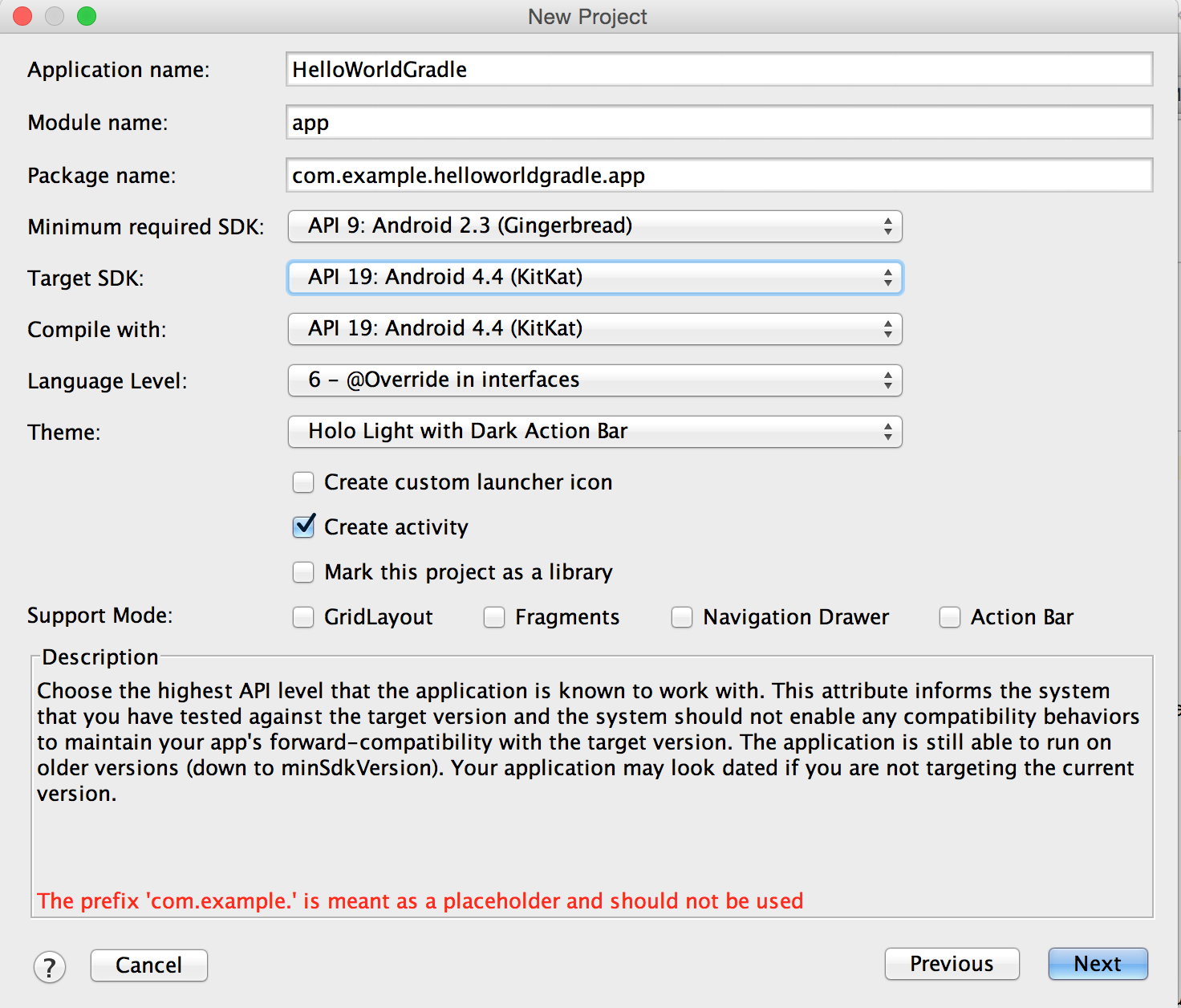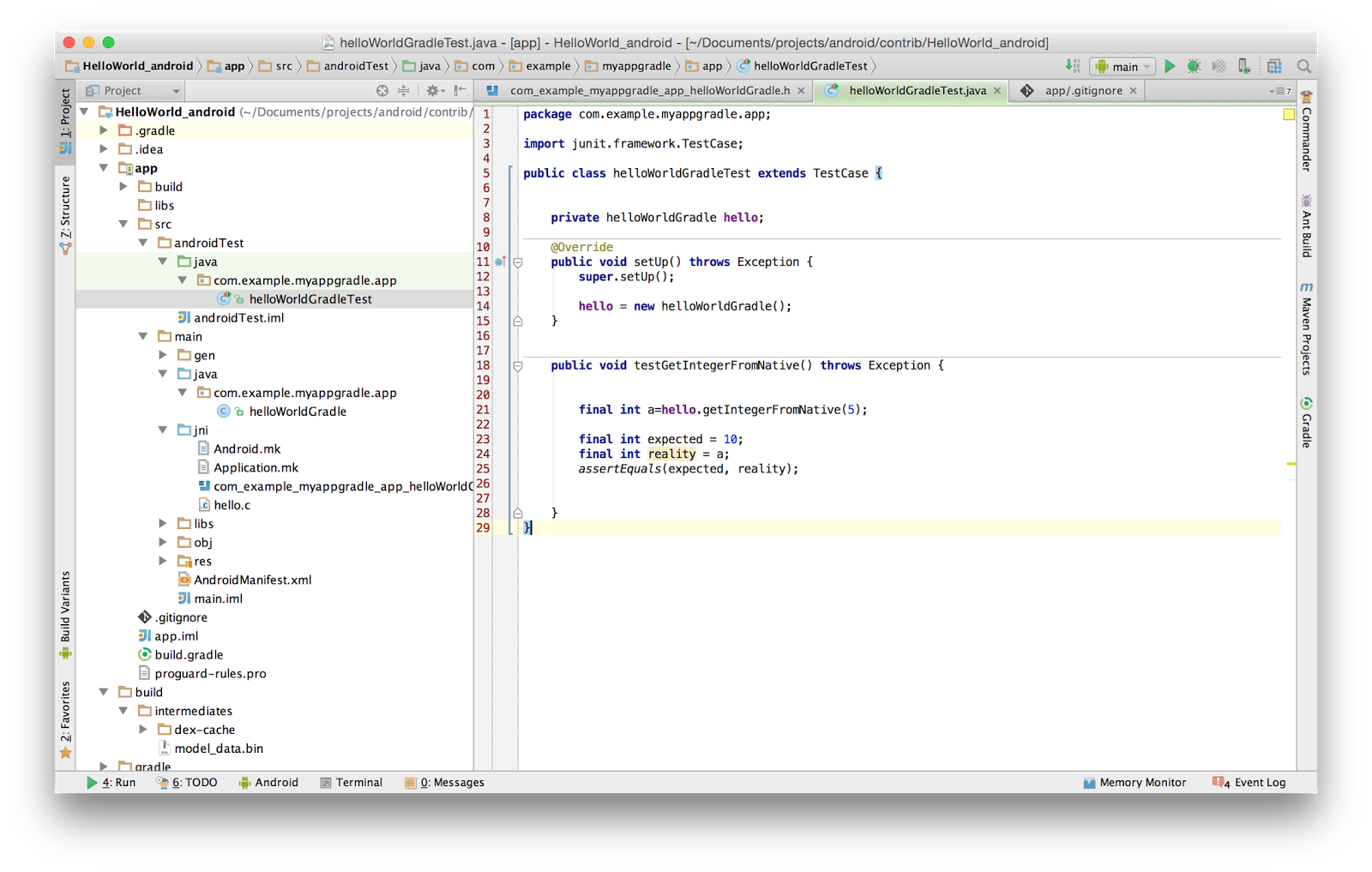I am Chesner DESIR, PhD in computer science, deeply in love with machine learning, automatic classification.
I'm interested in computer vision, artificial intelligence, scientific discoveries, new technologies, mobile applications, innovation, project management, entrepreneurship, art, history and literature.
I am working on automatic classification systems for computer-aided diagnosis approaches. My field of research embraces ensemble methods, one-class classification, feature extraction. I have founded the startup ErgSap, developing innovative mobile applications with education & design in mind, integrating computer vision & machine learning algorithms.
I am seeking a position as an R&D Engineer in Machine Learning, data mining and signal processing that will benefit from my experiences in artificial intelligence, data processing in a challenging environment.
I am an enthusiastic, fast learning and adaptive entrepreneur, with innovation in mind, a team player, resourceful and rigorous with organizational skills willing to develop new skills and solve new challenges.
Special fields
→Pattern Recognition, Machine Learning, Computer Vision, Science Computing, android development
♫ International profile
♫ Languages: French, English, Spanish
See my Linkedin profile : https://fr.linkedin.com/in/chesnerdesir
Encadrement: Pr. Laurent Heutte* (directeur), Assistant Pr. Caroline Petitjean*, Pr. Luc Thiberville**
*Université de Rouen
**CHU de Rouen
Résumé
"Cette thèse porte sur la classification automatique d'images, appliquée aux images acquises par alvéoscopie, une nouvelle technique d'imagerie du poumon profond. L'objectif est la conception et le développement d'un système d'aide au diagnostic permettant d'aider le praticien à analyser ces images jamais vues auparavant.
Nous avons élaboré, au travers de deux contributions, des méthodes performantes, génériques et robustes permettant de classer de façon satisfaisante les images de patients sains et pathologiques. Nous avons proposé un premier système complet de classification basé à la fois sur une caractérisation locale et riche du contenu des images, une approche de classification par méthodes d'ensemble d'arbres aléatoires et un mécanisme de pilotage du rejet de décision, fournissant à l'expert médical un moyen de renforcer la fiabilité du système.
Face à la complexité des images alvéoscopiques et la difficulté de caractériser les cas pathologiques, contrairement aux cas sains, nous nous sommes orientés vers la classification one-class qui permet d'apprendre à partir des seules données des cas sains. Nous avons alors proposé une approche one-class tirant partie des mécanismes de combinaison et d'injection d'aléatoire des méthodes d'ensemble d'arbres de décision pour répondre aux difficultés rencontrées dans les approches standards, notamment la malédiction de la dimension. Les résultats obtenus montrent que notre méthode est performante, robuste à la dimension, compétitive et même meilleure comparée aux méthodes de l'état de l'art sur une grande variété de bases publiques. Elle s'est notamment avérée pertinente pour notre problématique médicale."
Mots-clefs : Alvéoscopie; aide au diagnostic médical; classification automatique; extraction de caractéristiques; méthodes d'ensemble; arbre de décision; injection d'aléatoire; forêts aléatoires; one-class; out-of-class; synthèse de données; malédiction de la dimension
Abstract
"This thesis deals with automated image classification, applied to images acquired with alveoscopy, a new imaging technique of the distal lung. The aim is to propose and develop a computer aided-diagnosis system, so as to help the clinician analyze these images never seen before. Our contributions lie in the development of effective, robust and generic methods to classify images of healthy and pathological patients. Our first classification system is based on a rich and local characterization of the images, an ensemble of random trees approach for classification and a rejection mechanism, providing the medical expert with tools to enhance the reliability of the system. Due to the complexity of alveoscopy images and to the lack of expertize on the pathological cases (unlike healthy cases), we adopt the one-class learning paradigm which allows to learn a classifier from healthy data only. We propose a one-class approach taking advantage of combining and randomization mechanisms of ensemble methods to respond to common issues such as the curse of dimensionality. Our method is shown to be effective, robust to the dimension, competitive and even better than state-of-the-art methods on various public datasets. It has proved to be particularly relevant to our medical problem."
Keywords: Alveoscopy; computer aided-diagnosis; automatic classification; feature extraction; ensemble methods; decision tree; randomization; random forests; one-class; out-of-class; data synthesis; curse of dimensionality
Téléchargements (downloads) :
MISC:
- Oeuvres mathématiques du Prof. Jacques Harthong [Archives] ou [Web]
- Le bilan de l'intelligence, Paul Valéry, Ed. Allia, http://goo.gl/eEfhS
- L'équation du nénuphar, Albert Jacquard, Ed. Le Livre de Poche, http://goo.gl/yqjC2
- My Stroke of Insight, Jill Bolte Taylor, Plume, 224 pages [Amazon]












